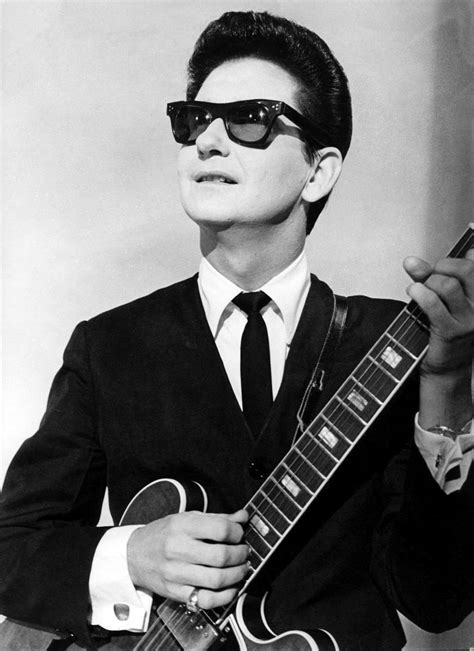blogged by Steven Goldstein, CEO of Amplify Media June 7 2019
Last week I was in Toronto for Canadian Music Week, a great gathering where the music and broadcast businesses meet under one roof.

Alan Cross (Brain Dead Dog Productions), Steve Goldstein, Jeff Leake (Sirius/XM), Barbara Escoto (Bell Media), James Cridland (Podnews.net), Jeff Ulster (The Pod Exchange)
I appeared on a panel about preparing radio for a digital future. Moderator, Alan Cross – always smart – was lamenting data shared by PodNews Editor James Cridland during a keynote address showing a faster erosion of broadcast radio in Canada than many other countries.
The pace of decline may have something to do with arcane CRTC regulations as Cridland pointed out, but larger factors are certain to be some combination of replaceable content, demography, brutal commercial loads and choice. Every radio market is experiencing some rate of decline. Sometimes the underlying numbers are alarming. In the U.S. for example, there are reports of steep declines in (PUM) Persons Using Media among younger listeners that look like a hockey-stick flipped upside-down..
Canadian Broadcasters Are Better Equipped Than Most In Other Parts The World To Reposition Themselves From Towers In A Field To Multi-Platform Audio Content Providers
The new stars are less likely to come from Winnipeg and more likely to be incubated on platforms like YouTube. That is both opportunity and threat.
While the decline of commercial radio may be a bit faster than elsewhere, it strikes me that many Canadian broadcasters are better equipped than most in other parts of the world to reposition themselves from towers in a field to multi-platform audio content providers.
READ MORE HERE.









Interesting article, does anyone have the data that shows the decline of commercial radio here as compared to elsewhere? I would be interested to see how it is measured. and who conducted the survey.
I know iHeart radio in the US was bankrupt about a year ago and I am assuming they have dug themselves out of the hole.
There really hasn’t been many stations close down and those were primarily AM. Interesting then that the CRTC is still licensing new stations, and quite a few community radio stations who also compete for advertising dollars. With the exception of some evening programming many community stations are sounding more or less like regular commercial stations.
I agree with the article that the major chains have integrated pretty well and are cross promoting much better.
Sorry, found the information in the extended article.